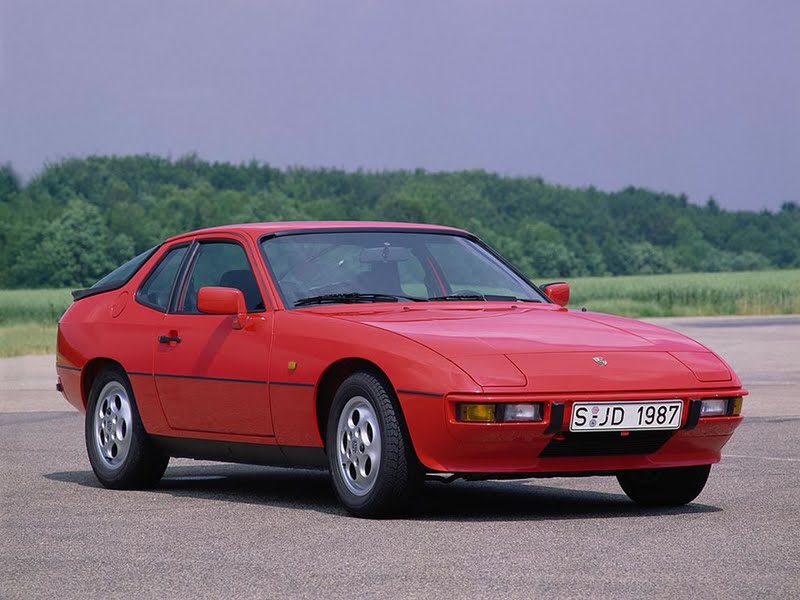The essence of Multicolor mode is get away from the usual 8x8 attribute size (only one background - Paper and one foreground - Ink size can be used in that area) with different programming tricks, and let the Spectrum be able to handle smaller sizes like 8x1 (MT, DMA, HW, Timex Multicolor, Extended Color), 8x2 (IFLI), 8x4 (FLI), 4x1, 4x2 etc.).
Multicolor effects needed to timed each Spectrum models separately, meaning this method is exceptionally difficult. But the result is more lively and colourful screen.
But the processor of the ZX Spectrum is not powerful enough to keep whole screen refreshed. That's why multicolor 8x1 only works in a smaller screen area, and full screen is only possible using multicolor 8x2 (unless you use special hardware).
Such example is the Rainbow color mode of Colour Draw painting programme written by the Czech Jan (Art) and Jakub Flaska (Matlas) in 1994 which was capable to handle it up to 16 columns. The number of rows can be beetwen 1-24 with 8x1 attributes, so the Multicolor area can be 128x8-192. At the moment limit is raised to 20, so 160 pixels.
The development of the Spanish Miguel Angel Rodriguez Jodar is the 14 column Hi-color mode. Shortly: in the centre of the picture in 14x24 characters area (112x192 pixel) uses 8x1 attributes. The rest of the screen is the regular Spectrum 8x8 mode.
In 2011 came out the ZXodus Engine from the English Andrew Owen, which was extended it to 18 columns, but paired only with 18 rows using the Timex 8x1 Multicolor mode.
The Brazilian Einar Luciano Gattoni Saukas was released his BIFROST* Engine in 2012, which was allowed again 8x1 attributes in 18x18 cells, so all of those modes are 144x144 pixel sized. In addition they are software mode compatible with all Spectrums (48K, 128K, 128K+2, 128K+2A, 128K+2B, 128K+3) with flicker-free picture. Previous uses 8,5K, last one uses 6,5K memory, and using the CPU at 82% and 70% level.
BIFROST*2 is similar to the previous ones, has 20x20 grid, so in 160x160 pixels can work, which using the power of processor 75%.
The next two engines have variable size, just like the Rainbow color mode, so some CPU and memory resources can be saved. Sauka's NIRVANA Engine (aka bicolour) can use nearly the whole screen, with 22x30 grid and has a slightly worse 8x2 graphics (240x176). The number of rows can vary from 1 to 22 (8-176 pixels), the processor and memory usage are 8,5K and 80% when using the maximum size. Beside the previously mentioned Spectrums was released a Pentagon port from Denis Grachevtől (ex-Masters Company Ltd, RetroSouls). Flickering also eliminated.
NIRVANA+ Engine only left out the upper 1 character line with its 8x2 mode in order to easier software development, so works in maximum 32x23 area (256x184). It demands the same memory as the previous, and CPU usage was grown only with 2%. Of course, here also the possibility to use only 1 character row, 8 pixels high multicolor area.
To provide multicolor 8x1 in full screen, some hardware Multicolor devices were developed (alternatively named DMA Multicolor, Multitech Multicolor), that take off the task of image processing from the Spectrum's CPU. It is the feature of Timex Sinclair 2048, 2068, 20128 as well some Pentagons. In Europe, was realised by the Data Gear electronic circuit, first appeared as the part of MB-02+ disc interface. Uses 12k memory. Alessandro Dorigatti also emulated it in the V6Z80P's ZX Spectrum core.
Anyway, Multicolor effects generally can be connected with Pentagon demos.
Updated: 2015. December
|

Timex Multicolor (8x1)

Nirvana+

DMA Multicolor laced (8x1)
|
 The ZX Spectrum originally have 256x192 resolution with 8 unique colours (all have normal and bright variant - except the black, which has only one shade) on 32x24 attribute cells. This means, that only one background and one foreground colour can be used in the 8x8 size attribute area. In addition, the foreground and background colors have to be the same attribute.
The ZX Spectrum originally have 256x192 resolution with 8 unique colours (all have normal and bright variant - except the black, which has only one shade) on 32x24 attribute cells. This means, that only one background and one foreground colour can be used in the 8x8 size attribute area. In addition, the foreground and background colors have to be the same attribute.

























 64 Colours
64 Colours


